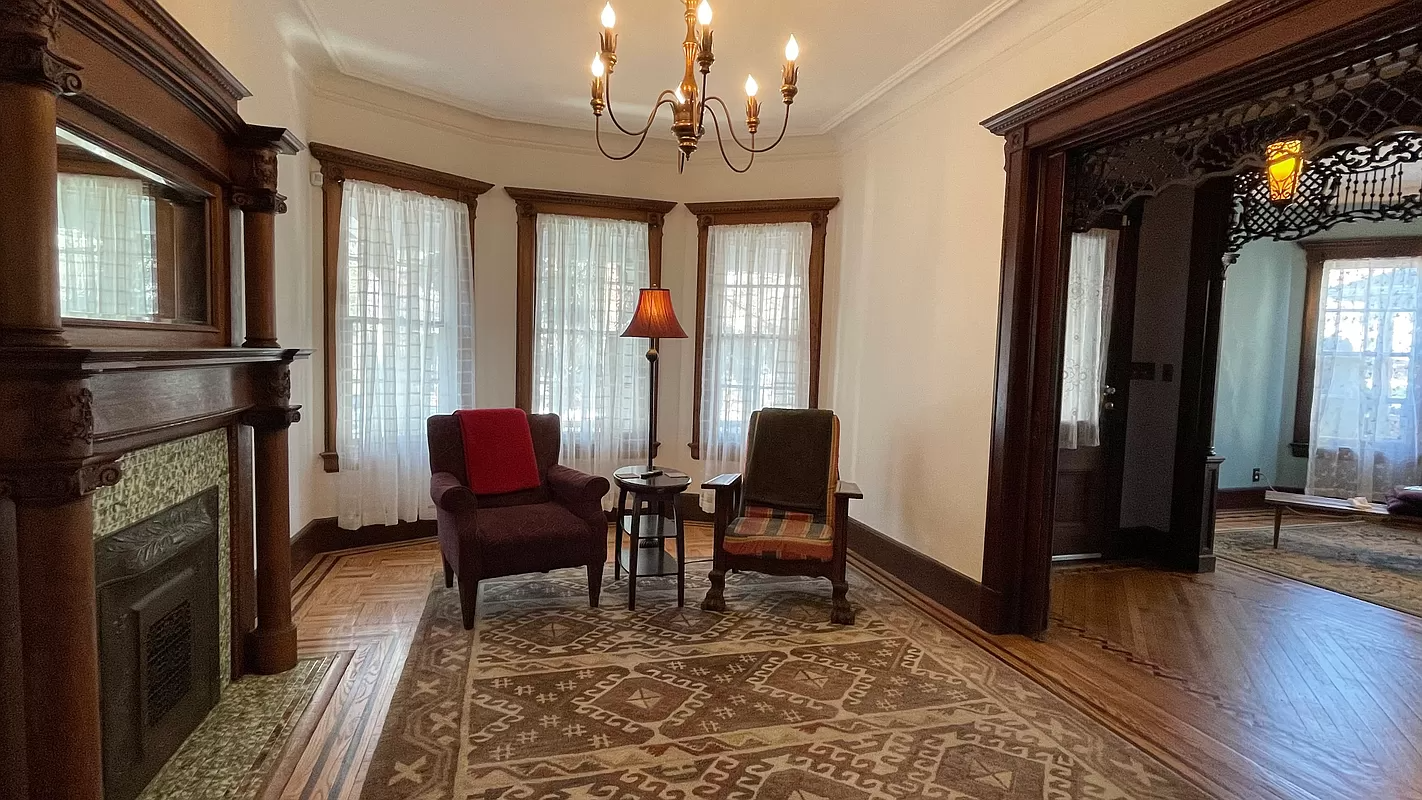Building of the Day: 890 Flatbush Avenue
Brooklyn, one building at a time. Name: Flatbush Dutch Reformed Church Address: 890 Flatbush Avenue Cross Streets: Corner of Church Avenue Neighborhood: Flatbush Year Built: 1793-98 Architectural Style: Federal Architect: Thomas Fardon Landmarked: Yes, individual landmarked in 1966, one of the earliest landmarks in the city. Also on the National Register of Historic Places. The…

Brooklyn, one building at a time.
Name: Flatbush Dutch Reformed Church
Address: 890 Flatbush Avenue
Cross Streets: Corner of Church Avenue
Neighborhood: Flatbush
Year Built: 1793-98
Architectural Style: Federal
Architect: Thomas Fardon
Landmarked: Yes, individual landmarked in 1966, one of the earliest landmarks in the city. Also on the National Register of Historic Places.
The story: Believe it or not, the oldest continuously used site used for religious purposes in New York City is right here. As the Flatbush Reformed Church’s website says, they’ve been “doin’ good in the ‘hood since 1654.” That year, Governor Peter Stuyvesant authorized a wooden church to be built on this location, in the town of “Midwout”, or “Vlaake Bos” He specified that it should be built in the shape of a cross, 60 to 65 feet long, and 28 feet in width, with the pastor’s quarters in the rear of the church. In 1698, the second church to stand here was built. It was out of stone, and had a steeple. The final church to be built, this one, was built between 1793 and ’98. It was designed by Thomas Fardon.
As time went on, “Vlaake Bos” would be Anglicized to “Flatbush”, as this church became the center of civic and religious life in the area. The original Flatbush courthouse once stood next door, and the first public school was built across the way, in 1658. In 1787, before the current church building was built, Erasmus Hall Academy would replace the original schoolhouse, making Flatbush one of the most important centers in the entire county of Kings.
The church is a beautiful example of Federal style church architecture, with a classic steeple that can still be seen for miles around. The stone is local, mixed with Holland brick, and the building rests on a foundation built with the stones of the second church, the one built in 1698. The stained glass windows were added late in the 19th century, and are from the Tiffany Studios. They depict many of the descendants of the early Dutch settlers in the area. The surrounding graveyard is filled with the Dutch families who settled the area, and their descendants, and probably also include some of the people in the Tiffany windows. Although the cemetery dates back a bit further, time and weather have taken their toll on the headstones. The earliest legible one dates back to 1754.
Today the church reaches a much different audience, and is a survivor of white flight, urban ills, and the changing faces of Flatbush. To see this church now surrounded by stores and fast food restaurants, with past and present movie theaters next door and across the street, as well as the magnificent Erasmus Hall High School, is to see how cities evolve. The best ones keep those things of the past that can endure, no matter what. This is one of the architectural treasures of New York City. GMAP













It is one of our treasures and is the sibling of St. Paul’s Chapel in Manhattan. Another treasure.
Originally stuccoed -as shown in the old post card- now its beautiful rubble masonry construction is visible and very pleasing to modern eyes.